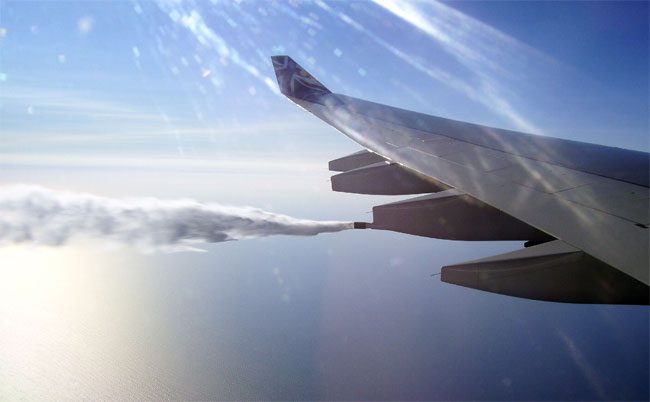In special cases where pilots need to make an emergency landing, they must dump fuel to avoid fire hazards.

In some cases, pilots must urgently dump fuel to prevent fire hazards.
Thousands of liters of fuel will be dumped directly from the aircraft high in the sky. But why have we never seen cities destroyed by a rain of fuel from airplanes?
The reason is that when an aircraft is at an altitude of 1,500 meters or higher, the fuel that is dumped will completely evaporate. Pilots only need to ensure that no other aircraft are nearby that could get caught in the fuel stream, and the systems designed to prevent the risk of dumping all fuel are still operational.
Some aircraft are equipped with fuel dumping systems from nozzles on the wings and can release thousands of liters of fuel every second.
Fuel dumping does not create rain of gasoline falling to the ground, but that thousands of liters of fuel do not completely disappear. A portion will linger in the atmosphere, and the remaining evaporated fuel will seep into the ground. When the wind picks up, the evaporated fuel can even be carried by the wind, forming dense fog patches.



















































